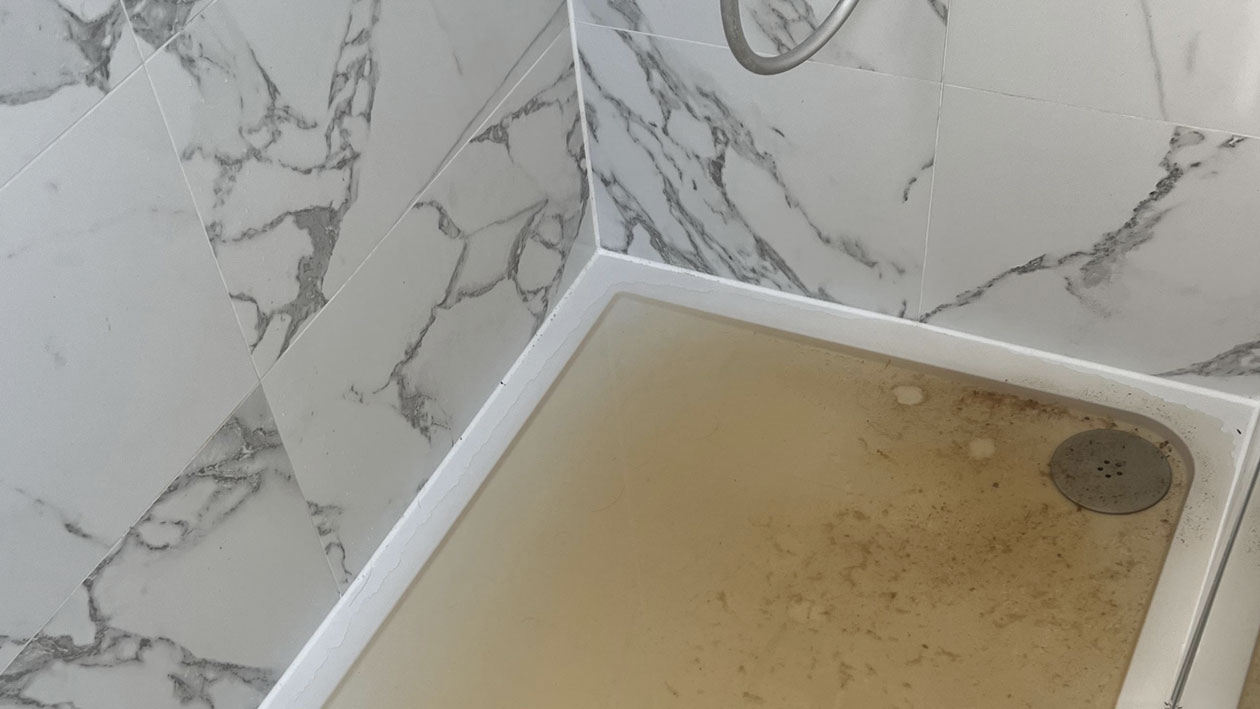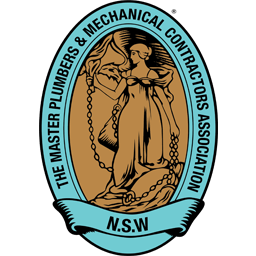A flooding shower is most often caused by a severely clogged drain, but it can also indicate a leaky tap, a faulty shower diverter, or even a main sewer line backup. To fix it, you must first stop the water flow, then diagnose the source of the flood. This guide will walk you through identifying the problem and provide immediate, actionable steps to clear the water and address the cause, starting with the most common culprit: the drain.
What to Do Immediately When Your Shower Is Flooding
If your shower is actively flooding, your first step is to turn off the water to prevent further damage. This can be done at the shower valve itself, a fixture shut-off valve in the wall, or by shutting off the main water supply to your home. Do not use chemical drain cleaners in standing water.
The Emergency Checklist
- Stop the Water Flow: Turn the shower tap handles completely off.
- Find the Shut-Off Valve: Look for a small panel in the wall behind the shower handle or in an adjacent cupboard. If you can’t find one, shut off the main water valve for your entire house immediately.
- Remove Standing Water: Use a bucket to bail out as much water as possible. Use old towels to soak up the rest to prevent water damage to your floor.
- Protect Your Property: Move any rugs, furniture, or belongings away from the bathroom area.
Try This Now
- Locate your home’s main water shut-off valve before you need it. It’s often in the garage, under the house, or on an exterior wall near the water metre.
- Use a wet/dry vac for faster water removal if you have one.
Troubleshooting Guide
Problem: The tap handle won’t turn off completely.
Solution: This indicates a worn-out cartridge or valve. Your only option is to use the main water shut-off. This is now a high-priority repair.
How to Determine Why Your Shower Is Flooding
The type of flooding gives you clues. If water pools around your feet but drains slowly after the shower is off, it’s likely a simple drain clog. If water is leaking from the tap or walls, it’s a plumbing leak. If dirty water is coming up the drain, it’s a sewer line backup.
Self-Assessment Tool
Symptom 1: Water pools during a shower but eventually drains.
- Diagnosis: Clogged shower drain.
- Next Step: Proceed to Section 3.
Symptom 2: Dirty, foul-smelling water is coming UP the drain (especially when you flush a toilet or run a sink).
- Diagnosis: Main sewer line clog.
- Next Step: This is not a DIY fix. See Section 5: When to Call a Plumber.
Symptom 3: Water is dripping or running constantly from the showerhead or tap, even when turned off.
- Diagnosis: Leaky tap cartridge or faulty diverter.
- Next Step: Proceed to Section 4.
Symptom 4: You see water stains on the ceiling below the bathroom or water is seeping out from the shower base.
- Diagnosis: A leak in the plumbing behind the wall or a failed shower pan.
- Next Step: This requires professional help. See Section 5.
Based on your diagnosis, proceed to the corresponding section below for specific fixing instructions or professional advice.
How to Unclog a Standing Shower Drain Fast
To unclog a standing shower drain, first manually remove any visible hair and debris from the drain cover. Next, use a plunger to dislodge the clog. If that fails, a drain snake is the most effective tool for pulling out deep-seated clogs without damaging your pipes. Avoid using chemical cleaners as a first resort.
4 Methods to Unclog Your Drain
Method 1: Manual Removal (The Easiest First Step)
- Put on rubber gloves.
- Unscrew or pry off the drain cover.
- Pull out any visible hair and soap scum. Use needle-nose pliers or a bent wire coat hanger to grab clumps.
Method 2: Boiling Water (For Soap Scum)
Warning: Do not use if you have PVC pipes or have already used chemical cleaners.
- Boil a large pot of water (about 4 litres).
- Pour it slowly down the drain in two or three stages.
Method 3: Plunger Power (For Minor Blockages)
- Apply petroleum jelly to the rim of the plunger for a better seal.
- Ensure there’s enough water in the shower to cover the plunger’s rim.
- Plunge vigorously 5-10 times.
Method 4: The Drain Snake (The Most Effective DIY Tool)
- Push the snake down the drain until you feel resistance.
- Turn the handle to hook onto the clog.
- Carefully pull the snake back out, bringing the clog with it.
Common Mistakes
- Mistake: Pouring chemical drain cleaners into a fully clogged drain. The chemicals can get stuck and corrode your pipes.
- Mistake: Pushing the clog further in. Always try to pull the clog out with a snake.
Self-Check Method: After attempting a method, run the water for 1-2 minutes. If it drains freely without pooling, you have succeeded.
DIY vs. Plumber: When to Call a Professional
You should call a plumber immediately if you suspect a main sewer line clog (gurgling toilets, water coming up the drain), see signs of water damage on walls or ceilings, or if multiple fixtures are clogged at once. While simple clogs are often DIY-friendly, plumbing leaks are best left to professionals.
Decision Flowchart
Is foul-smelling water coming UP the drain?
- Yes → Call a Plumber (Likely a sewer line issue).
- No → Proceed to next question.
Do you see water stains on ceilings or walls near the shower?
- Yes → Call a Plumber (Hidden leak).
- No → Proceed to next question.
Did the DIY unclogging methods in Section 3 fail?
- Yes → Call a Plumber (Deep or stubborn clog).
- No → Your issue is likely resolved!
How to Prevent Your Shower From Clogging and Flooding Again
Preventing shower floods relies on regular, proactive maintenance. The most effective method is using a drain cover to catch hair and debris before it enters the pipes, combined with monthly drain flushing to break down soap scum buildup.
Maintenance Checklist
Weekly: Remove hair from your shower drain catcher.
Monthly: Flush your drain. Pour a pot of very hot (not boiling) water down the drain to melt grease and soap. Follow this with a cup of white vinegar and let it sit for 30 minutes before flushing with more hot water.
Quarterly: If you have slow drains, use an enzymatic drain cleaner (a safer alternative to harsh chemicals) overnight.
A flooding shower doesn’t have to become a disaster. By acting quickly to stop the water flow and systematically diagnosing the problem, you can often resolve the issue yourself. Remember, the most common cause is simply a clogged drain, which can be fixed with basic tools and a bit of elbow grease. However, don’t hesitate to call in a professional plumber if you’re dealing with sewer backups or hidden leaks, it’s better to be safe than sorry when it comes to water damage.



